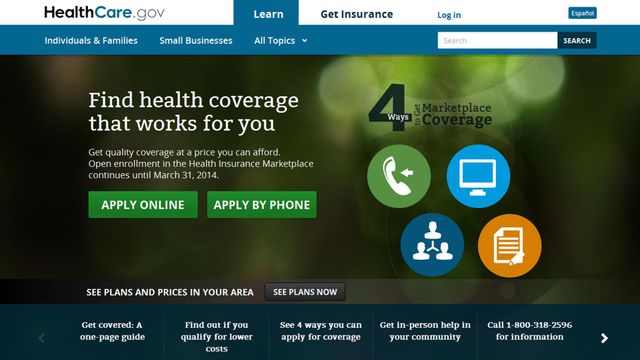Premiums under health care law depend on where you live
As with real estate, location, location, location plays a key role in how much people will pay for health coverage obtained through the Affordable Care Act's online marketplace.
Posted — UpdatedFor a "silver" plan, which is the second-cheapest of four tiers in the system, monthly premiums for a 27-year-old in Wake County range from $222 to $289. In Cumberland County, plans for that same individual start at $278 a month.
For a 50-year-old individual, premiums would be $378 to $453 a month in Wake County and $445 and up in Cumberland County.
A Wake County family of four is looking at premiums of $749 to $899 a month, compared with the $882 starting price for a similar family in Cumberland County.
"You may see it's cheaper here in the Triangle, as we have much more competition in the way of hospitals than if you go out east, for example," said Liz Gallops, an independent insurance agent who has gone through training to be certified to handle plans offered on the online exchange.
The counties where premiums on the health exchange are most expensive are in and around Charlotte: Mecklenburg, Anson, Cabarrus, Rowan, Stanly and Union counties.
North Carolinians who will enjoy the lowest premiums are west of the Triangle: Alamance, Caswell, Chatham, Durham, Lee and Orange counties.
“We are seeing overall price increases, which we had anticipated," Gallops said. "What’s different from what we had originally expected is that it’s not the young and healthy that received the biggest price impact. It’s actually those a bit older – the 50 to 60 demographic, especially those previously purchasing higher deductible health plans – that are facing the biggest price increase."
She attributes the higher costs to the new taxes and fees built into the plans and the fact that plans are "richer," offering more basic services.
"If you have access to subsidies, these plans on the marketplace certainly can be affordable. For some folks, they could even be zero dollars a month," she said. "Now, if you make too little or too much to qualify for subsidies, then you get into the area of is it going to be affordable. For some folks, it won’t be.”
• Credits
Copyright 2024 by Capitol Broadcasting Company. All rights reserved. This material may not be published, broadcast, rewritten or redistributed.






